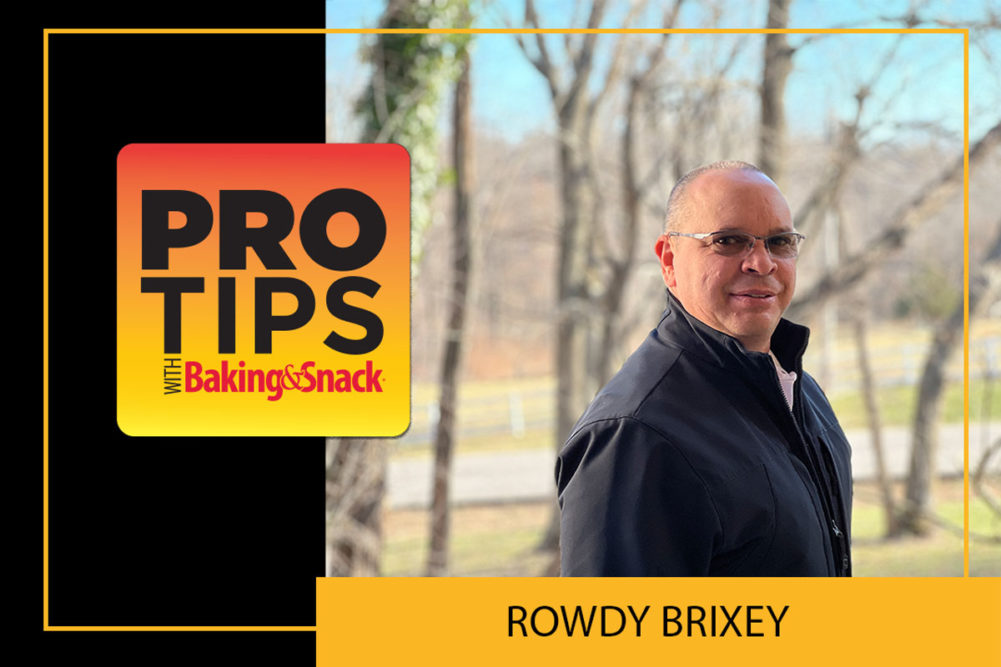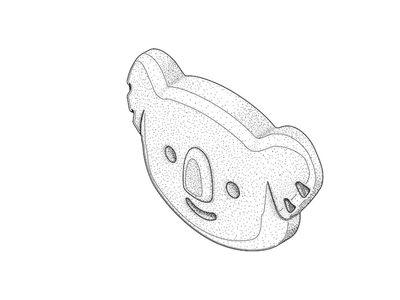Pro Tip: Take the opportunity to reset an oven to optimal performance to improve the consistency of the color of bread and other baked goods over the long run.
In the commercial bread and bun industry, direct-fired ovens with adjustable lateral heat ribbon burners are the most prevalent. Often with this design, bakers struggle with inconsistent product color from across the width of the oven.
To correct this problem, bakeries tend to adjust the lateral burner to a lower firing rate to make the dark side lighter. This works fine if all the burners are fully open for the highest firing rate across the entire burner, but normally that isn’t the case.
Over time repeated adjustments like this get the oven out of balance. For example, if the first adjustment went too far and now the side that was originally too dark has become too light. Instead of readjusting the same burners back open slightly, which would add more color, bakers tend to lower the dark side.
This continuation of lowering the dark side and switching from near to opposite side eventually reduces the oven’s total baking capacity. This can be comparable to blowing out one candle at the end of a row of candles, then blowing out another candle at the opposite end of that same row. Eventually, you run out of candles. It is always better to give capacity back to the oven whenever possible, then tune the controls to respond precisely.
Here are six steps I take to level the bake color when walking into an opportunity to “reset” the oven to optimal performance.
The success of my sequence assumes and depends on the bakery operation ensuring all the burners are properly lit and cycle from low to high fire. It not, start there first.
1: Pick a white dough variety that has the most sugar and that will run long enough to allow you to tune the burners. Picking a high-sugar white dough will be the most sensitive to heat variations.
2: Ensure you are not randomly loading the oven. It should operate fully loaded with pans equally spaced across the entire shelf or hearth. Loading too far to one side or the other will allow excessive flash heat to roll across the product and get absorbed more abundantly on the side with the biggest pan gap.
3: Set every lateral heat burner setting to 100% open.
4: Give the oven at least 30 minutes to equalize between all adjustments.
5: Compare the color of the first pan to the last pan and decide whether you need to lower the “NEAR” or “OPPOSITE” lateral burner firing rate. Remember this is your only option because you’ve already ensured all lateral heat adjustments are 100% open. Once you decide, adjust all burners throughout the entire oven down (lower) by 1/10 of a turn.
Note: In the old days we did not adjust all burners. We’d just adjust six to 12 burners randomly throughout the bake chamber of the last few zones. That worked fine for a constant spark ignition (CSI) oven because the control system did not have the ability to shut off independent burners as the oven experiences skips or had zones go above setpoint.
The skips or overriding burners can force the direct spark ignition (DSI) system to “turn off” certain burners at random to keep everything at setpoint. Imagine if the burner you adjusted to balance your lateral heat was suddenly turned off? Suddenly your bake color would be impacted, and you’re now back to square one.
This is the reason you should do all burners, so no matter whether a burner simply fails to light or is selected to be turned off, the side-to-side bake profile remains balanced and the color unaffected.
6: Wait at least 30 minutes after adjusting the last of all the burners, then compare the first pan to the last to decide your next adjustment. You would either make another 1/10 lower adjustment if you need more of the prior adjustment or you would go back the other way at half the adjustment you just made if you went a bit too far and the product was slightly too light.
Note: The “INTERMEDIATE” or center of the ribbon burner is also adjustable, but rarely do I find the need to adjust the middle lighter. Typically, it is one end or the other.
Using the steps outlined above and making small, calculated adjustments enables bakers to quickly zero in on optimal burner profile and ensure higher product quality.
Rowdy Brixey is founder and president of Brixey Engineering Inc.
You can connect with him on LinkedIn.





